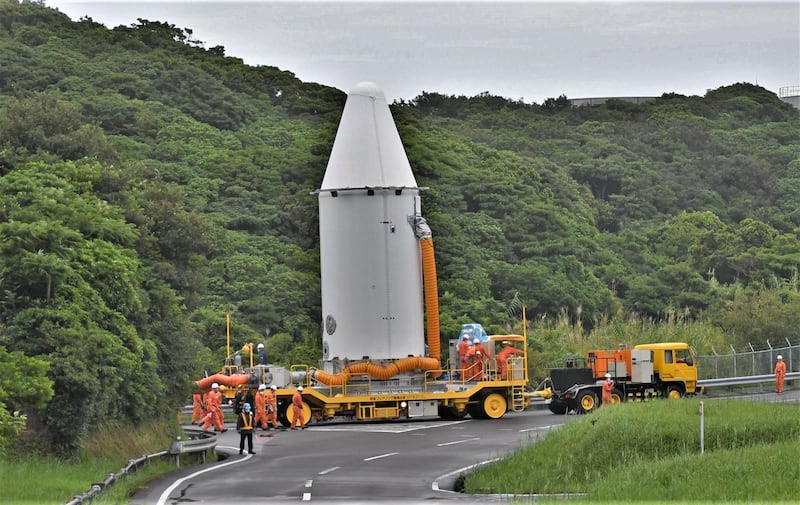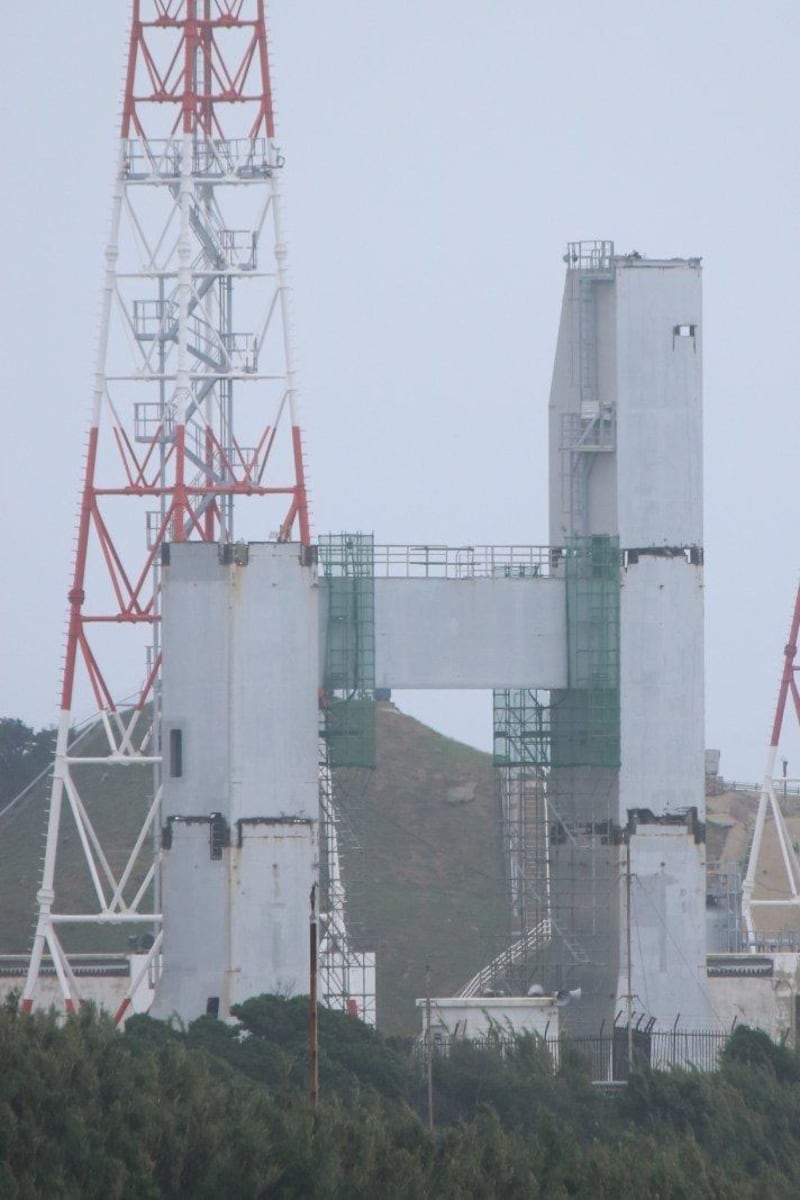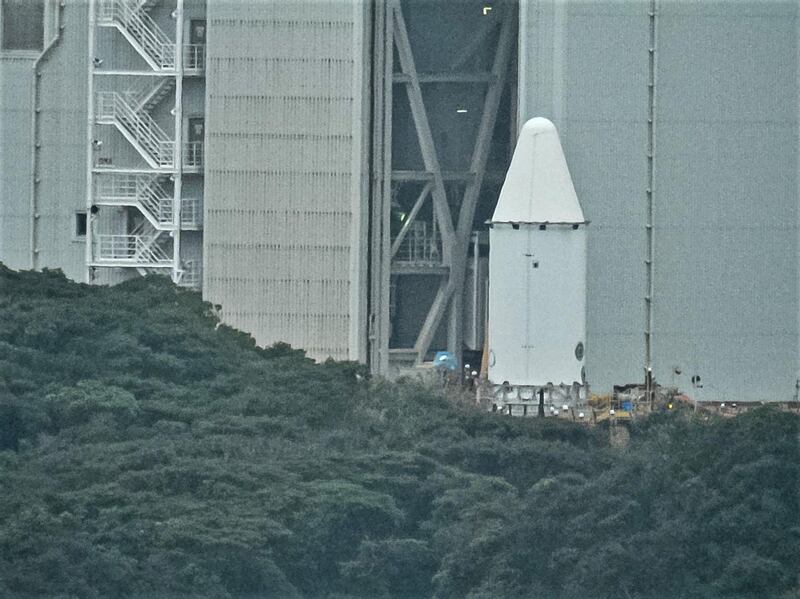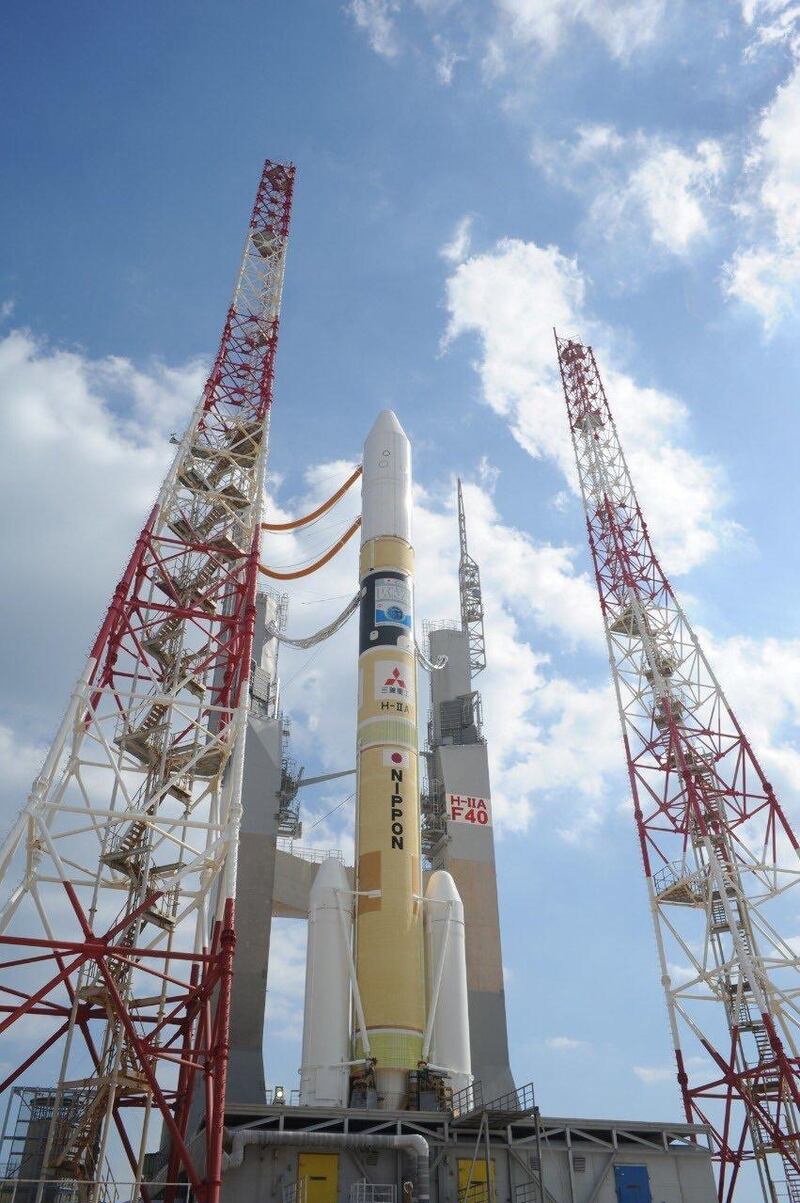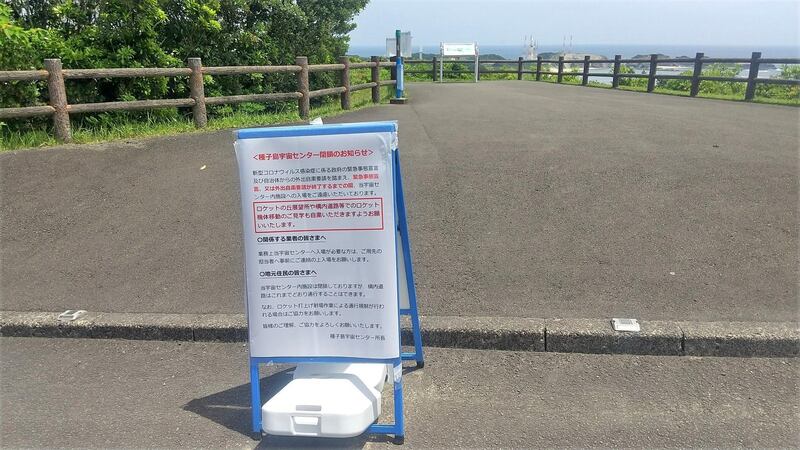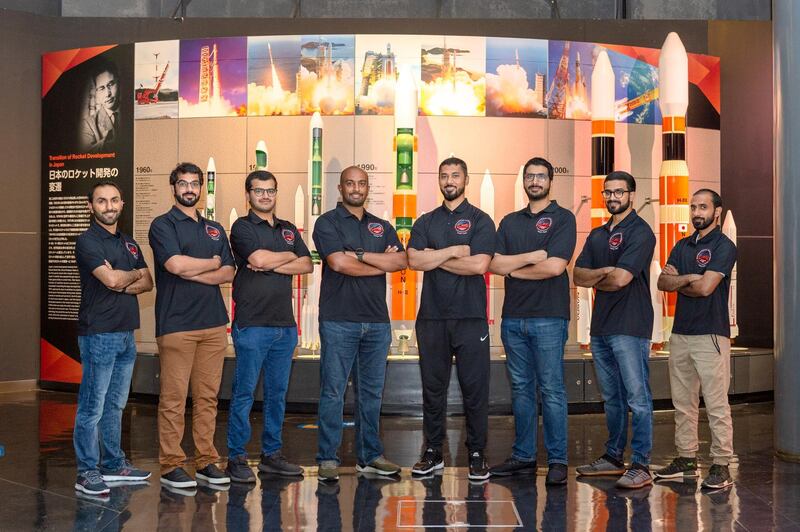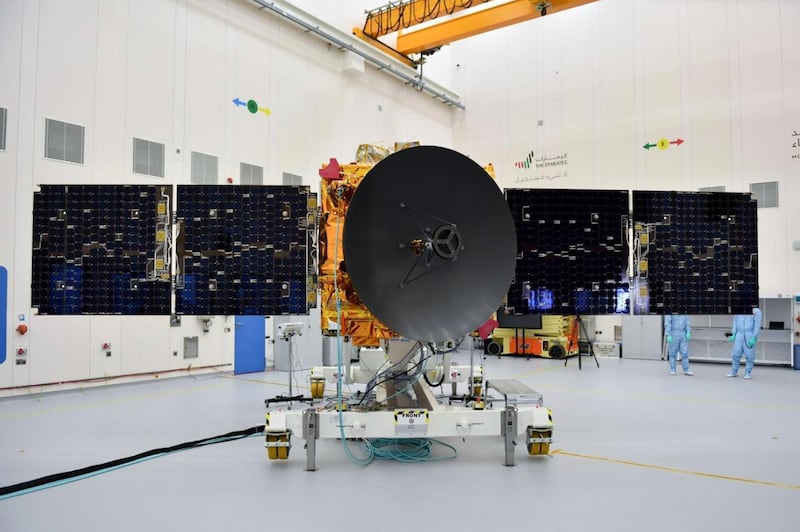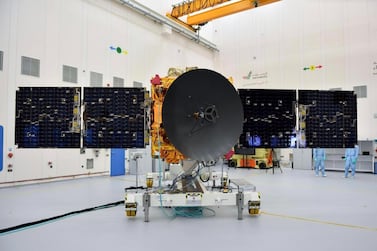An anxious group of Emirati engineers will be looking on from ground control in Dubai when the Hope probe finally lifts off for Mars later this week.
For two hours after the launch, the spacecraft's on board communication systems will remain silent as it is carried up into outer space by a Japanese-built H-IIA rocket.
Once outside Earth's orbit, however, and if all runs smoothly, the probe will then begin transmitting its first signals home.
Lift-off is scheduled for 12.51am (UAE time) on July 15 and here, The National explains exactly what happens after the probe, the Arab world's first mission to Mars, takes off.
Lift-off, Stage 1
On the day of the launch, a group of Emirati engineers will gather at both the launch site on Japan’s Tanegashima Island and at a mission control room inside the Mohammed bin Rashid Space Centre in Dubai.
The lift-off is expected to have the world’s first Arabic countdown and will be streamed live in Arabic and in English.
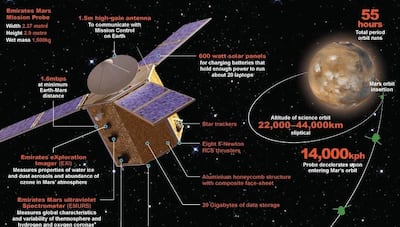
If final checks are given the go-ahead, including a suitable weather window, the two-stage rocket will blast-off from its launch site with a remarkable 1,100 kilonewtons of thrust.
It will soar up over the Pacific Ocean and accelerate away from Earth at speeds of up to 34,082km/h. Later, the rocket's fairing – including its nose cone – will be jettisoned.
Lift-off, Stage 2
Following the smooth completion of Stage 1, the rocket will continue on into Earth's orbit.
There controllers will ensure its correct trajectory before taking the decision to release the Hope probe.
Inside Japanese island where UAE's Mars spacecraft will be launched
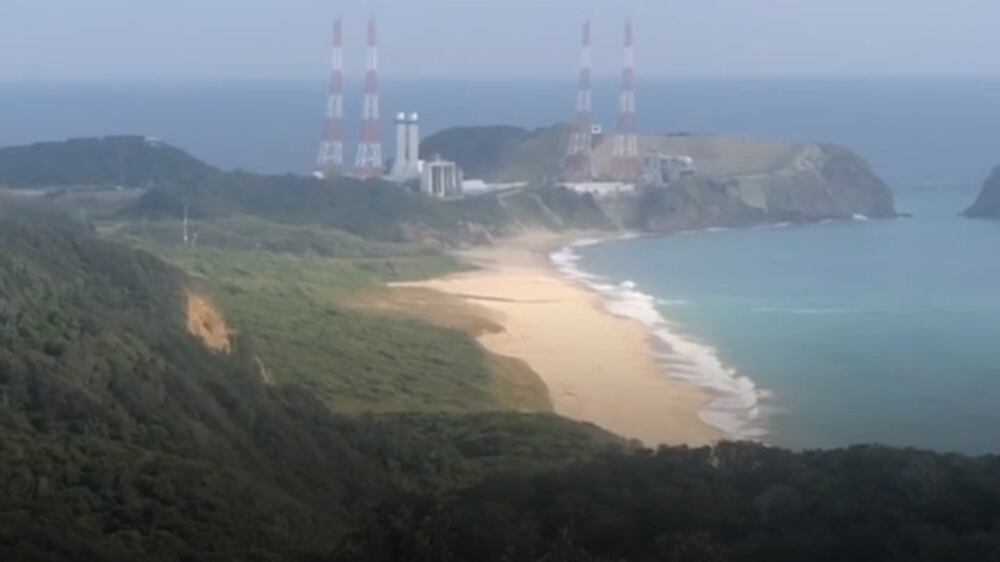
This is a critical moment in the launch process and has been timed to provide Earth's ideal alignment with the Red Planet, which only occurs every two years.
Communicating with Hope
Hope's computers have been programmed to perform certain set functions once it is released from the rocket.
Its first instruction will be to turn on its heaters to ensure its fuel does not freeze. Temperatures can reach as low as -270 Celsius.
The probe's two solar panels will then be deployed with the aim of beginning to charge the spacecraft's on board batteries. Hope is estimated to switch on at exactly 2.51am, at which point it will send its first transmission to Earth.
Once the data is received by the operations room at MBRSC, engineering teams will begin checking the spacecraft’s status.
“We are going to receive the first signal at our operations room at the Mohammed bin Rashid Space Centre," said Zakareyya Hussain Al SHamshi, the deputy manager of mission operations at MBRSC.
"We will receive all of the telemetry to check its health and then we will continue testing for 13 days to measure its health.
“We expect to receive the first signal at about 2.51am or 2.54am. Then we’ll ensure the solar panels are facing the sun properly.”
Hope will then begin its 200-day journey to the Red Planet.
